How to Spot 11 Types of Media Bias
Seventy-two percent of Americans believe traditional news sources report fake news, falsehoods, or content that is purposely misleading. With trust in media declining, media consumers must learn how to spot types of media bias.
This page outlines 11 types of media bias, along with examples of their use in popular media outlets. Download this page as a PDF.
11 Types of Media Bias
and how to spot them
1. Spin 2. Unsubstantiated Claims 3. Opinion Statements Presented as Facts 4. Sensationalism/Emotionalism 5. Mudslinging/Ad Hominem 6. Mind Reading 7. Slant 8. Flawed Logic 9. Bias by Omission 10. Omission of Source Attribution 11. Bias by Placement Some Final Notes on Bias1. Spin
Spin is a type of media bias that means vague, dramatic or sensational language. When journalists put a “spin” on a story, they stray from objective, measurable facts. Spin is a form of media bias that clouds a reader’s view, preventing them from getting a precise take on what happened.In the early 20th century, Public Relations and Advertising executives were referred to as “spin doctors.” They would use vague language and make unsupportable claims in order to promote a product, service or idea, downplaying any alternative views in order to make a sale. Increasingly, these tactics are appearing in journalism.
Examples of Spin Words and Phrases:
- Emerge
- Serious
- Refuse
- Crucial
- High-stakes
- Tirade
- Refuse
- Crucial
- Landmark
- Latest in a string of...
- Major
- Turn up the heat
- Critical
- Decrying
- Offend
- Stern talks
- Offensive
- Facing calls to...
- Meaningful
- Even though
- Monumental
- Significant
- High-stakes
Sometimes the media uses spin words and phrase to imply bad behavior. These words are often used without providing hard facts, direct quotes, or witnessed behavior:
- Finally
- Surfaced
- Acknowledged
- Emerged
- Refusing to say
- Conceded
- Dodged
- Admission
- Came to light
- Admit to
To stir emotions, reports often include colored, dramatic, or sensational words as a substitute for the word “said.” For example:
- Mocked
- Raged
- Bragged
- Fumed
- Lashed out
- Incensed
- Scoffed
- Frustration
- Erupted
- Rant
- Boasted
- Gloated
Examples of Spin Media Bias:
“Gloat” means “contemplate or dwell on one's own success or another's misfortune with smugness or malignant pleasure.” Is there evidence in Trump’s tweet to show he is being smug or taking pleasure in the layoffs, or is this a subjective interpretation?Source: Business Insider
In this example of spin media bias, the Washington Post uses a variety of dramatic, sensationalist words to spin the story to make Trump appear emotional and unhinged. They also refer to the president's "vanity" without providing supporting evidence.
Source: Washington Post
2. Unsubstantiated Claims
Journalists sometimes make claims in their reporting without including evidence to back them up. This can occur in the headline of an article, or in the body.Statements that appear to be fact, but do not include specific evidence, are a key indication of this type of media bias.
Examples of Unsubstantiated Claims Media Bias
In this media bias instance, The Daily Wire references a "longstanding pattern," but does not back this up with evidence.Source: The Daily Wire
In late January 2019, actor Jussie Smollett claimed he was attacked by two men who hurled racial and homophobic slurs. The Hill refers to “the violent attack” without using the word “alleged” or “allegations." The incident was revealed to be a hoax created by Smollett himself.
Source: The Hill
This Washington Post columnist makes a claim about wealth distribution without noting where it came from. Who determined this number and how?
Source: Washington Post
3. Opinion Statements Presented as Fact
Sometimes journalists use subjective language or statements under the guise of reporting objectively. Even when a media outlet presents an article as a factual and objective news piece, it may employ subjective statements or language.A subjective statement is one that is based on personal opinions, assumptions, beliefs, tastes, preferences, or interpretations. It reflects how the writer views reality, what they presuppose to be the truth. It is a statement colored by their specific perspective or lens and cannot be verified using concrete facts and figures within the article.
There are objective modifiers — “blue” “old” “single-handedly” “statistically” “domestic” — for which the meaning can be verified. On the other hand, there are subjective modifiers — “suspicious,” “dangerous,” “extreme,” “dismissively,” “apparently” — which are a matter of interpretation.
Interpretation can present the same events as two very different incidents. For instance, a political protest in which people sat down in the middle of a street blocking traffic to draw attention to their cause can be described as “peaceful” and “productive,” or, others may describe it as “aggressive” and “disruptive.”
Words that signal subjective statements include:
- Good/Better/Best
- Is considered to be
- Seemingly
- Extreme
- May mean that
- Could
- Apparently
- Bad/Worse/Worst
- It's likely that
- Dangerous
- Suggests
- Would seem
- Decrying
- Possibly
An objective statement, on the other hand, is an observation of observable facts. It is not based on emotions or personal opinion and is based on empirical evidence — what is quantifiable and measurable.
It’s important to note that an objective statement may not actually be true. The following statements are objective statements, but can be verified as true or false:
Taipei 101 is the world's tallest building.Source: Butte College Critical Thinking Tipsheet
Five plus four equals ten.
There are nine planets in our solar system.
Now, the first statement of fact is true (as of this writing); the other two are false. It is possible to verify the height of buildings and determine that Taipei 101 tops them all. It is possible to devise an experiment to demonstrate that five plus four does not equal ten or to use established criteria to determine whether Pluto is a planet.
Editorial reviews by AllSides found that some media outlets blur the line between subjective statements and objective statements, leading to potential confusion for readers, in two key ways that fall under this type of media bias:
- Including subjective statements in their writing and not attributing them to a source. (see Omission of Source Attribution)
- Placing opinion or editorial content on the homepage next to hard news, or otherwise not clearly marking opinion content as “opinion.”
- Shocking
- Remarkable
- Rips
- Chaotic
- Lashed out
- Onslaught
- Scathing
- Showdown
- Explosive
- Slams
- Forcing
- Warning
- Embroiled in...
- Torrent of tweets
- Desperate
Examples of Opinion Statements Presented as Fact
The sub-headline Vox uses is an opinion statement — some people likely believe the lifting of the gas limit will strengthen the coal industry — but Vox included this statement in a piece not labeled “Opinion.”Source: Vox
In this article about Hillary Clinton’s appearance on "The Late Show With Stephen Colbert," the author makes an assumption about Clinton’s motives and jumps to a subjective conclusion.
Source: Fox News
4. Sensationalism/Emotionalism
Sensationalism is a type of media bias in which information is presented in a way that gives a shock or makes a deep impression. Often it gives readers a false sense of culmination, that all previous reporting has led to this ultimate story.Sensationalist language is often dramatic, yet vague. It often involves hyperbole — at the expense of accuracy — or warping reality to mislead or provoke a strong reaction in the reader.
In recent years, some media outlets have been criticized for overusing the term “breaking” or “breaking news,” which historically was reserved for stories of deep impact or wide-scale importance.
With this type of media bias, reporters often increase the readability of their pieces using vivid verbs. But there are many verbs that are heavy with implications that can’t be objectively corroborated: “blast” “slam” “bury” “abuse” “destroy” “worry.”
Words and phrases used by the media that signal sensationalism/emotionalism include:
Examples of Sensationalism/Emotionalism Media Bias
“Gawk” means to stare or gape stupidly. Does AP’s language treat this event as serious and diplomatic, or as entertainment?Source: AP
Here, BBC uses sensationalism in the form of hyperbole, as the election is unlikely to involve bloodshed in the literal sense.
Source: BBC
In this piece from the New York Post, the author uses multiple sensationalist phrases and emotional language to dramatize the “Twitter battle."
Source: New York Post
5. Mudslinging/Ad Hominem
Mudslinging is a type of media bias when unfair or insulting things are said about someone in order to damage their reputation. Similarly, ad hominem (Latin for “to the person”) attacks are attacks on a person’s motive or character traits instead of the content of their argument or idea. Ad hominem attacks can be used overtly, or as a way to subtly discredit someone without having to engage with their argument.Examples of Mudslinging
A Reason editor calls a New York Times columnist a "snowflake" after the columnist emailed a professor and his provost to complain about a tweet calling him a bedbug.Source: Reason
In March 2019, The Economist ran a piece describing political commentator and author Ben Shapiro as “alt-right.” Readers pointed out that Shapiro is Jewish (the alt-right is largely anti-Semitic) and has condemned the alt-right. The Economist issued a retraction and instead referred to Shapiro as a “radical conservative.”
Source: Twitter
6. Mind Reading
Mind reading is a type of media bias that occurs in journalism when a writer assumes they know what another person thinks, or thinks that the way they see the world reflects the way the world really is.Examples of Mind Reading
We can’t objectively measure that Trump hates looking foolish, because we can’t read his mind or know what he is feeling. There is also no evidence provided to demonstrate that Democrats believe they have a winning hand.Source: CNN
How do we know that Obama doesn’t have passion or sense of purpose? Here, the National Review writer assumes they know what is going on in Obama’s head.
Source: National Review
Vox is upfront about the fact that they are interpreting what Neeson said. Yet this interpretation ran in a piece labeled objective news — not a piece in the Opinion section. Despite being overt about interpreting, by drifting away from what Neeson actually said, Vox is mind reading.
Source: Vox
7. Slant
Slant is a type of media bias that describes when journalists tell only part of a story. It can include cherry-picking information or data to support one side. Slant prevents readers from getting the full story, and narrows the scope of our understanding.Examples of Slant
In the above example, Fox News notes that Rep. Alexandria Ocasio-Cortez’s policy proposals have received “intense criticism.” While this is true, it is only one side of the picture, as the Green New Deal was received well by other groups.Source: Fox News
8. Flawed Logic
Flawed logic or faulty reasoning is a way to misrepresent people’s opinions or to arrive at conclusions that are not justified by the given evidence. Flawed logic can involve jumping to conclusions or arriving at a conclusion that doesn’t follow from the premise.Examples of Flawed Logic
Here, the Daily Wire interprets a video to draw conclusions that aren’t clearly supported by the available evidence. The video shows Melania did not extend her hand to shake, but it could be because Clinton was too far away to reach, or perhaps there was no particular reason at all. By jumping to conclusions that this amounted to a “snub” or was the result of “bitterness” instead of limitations of physical reality or some other reason, The Daily Wire is engaging in flawed logic.Source: The Daily Wire
9. Bias by Omission
Bias by omission is a type of media bias in which media outlets choose not to cover certain stories or omit information that would support an alternative viewpoint.Media outlets sometimes omit stories in order to serve a political agenda. Sometimes, a story will only be covered by media outlets on a certain side of the political spectrum (for example, according to research by AllSides, stories about Benghazi were mostly ignored by the Left, while some climate change stories have been mostly ignored by the Right).
Examples of Bias by Omission
In a piece titled, "Hate crimes are rising, regardless of Jussie Smollett's case. Here's why," CNN claims that hate crime incidents rose for three years, but omits information that may lead the reader to different conclusions. According to the FBI’s website, reports of hate crime incidents rose from previous years, but so did the number of agencies reporting, “with approximately 1,000 additional agencies contributing information.” This makes it unclear as to whether hate crimes are actually on the rise, as the headline claims, or simply appear to be because more agencies are reporting.Source: CNN
10. Omission of Source Attribution
An informative, balanced article should provide the background or context of a story, including naming sources (publishing “on-the-record” information).Sometimes, reporters will mention “immigration opponents” or “supporters of the bill” without identifying who these sources are.
It is sometimes useful or necessary to use unnamed sources, because insider information is only available if the reporter agrees to keep their identity secret. But responsible journalists should be aware and make it clear that they are offering second-hand information on sensitive matters. This fact doesn’t necessarily make the statements false, but it does make them less than reliable.
Examples of Omission of Source Attribution
In this paragraph, the Epoch Times repeatedly states "critics say" without attributing the views to anyone specific.Source: The Epoch Times
In a piece about the Mueller investigation, The New York Times never names the investigators, officials or associates mentioned.
Source: The New York Times
11. Bias by Placement
Story and viewpoint placement can reveal media bias by showing which stories or viewpoints the editor finds most important.Bias by story placement is one type of bias by placement. The stories that a media outlet features "above the fold" or prominently on its homepage and in print show which stories they really want you to read, even if you read nothing else on the site or in the publication. Many people will quickly scan a homepage or read only a headline, so the stories that are featured first can reveal what the editor hopes you take away or keep top of mind from that day.
Bias by viewpoint placement is a related type of bias by placement. This can often be seen in political stories. A balanced piece of journalism will include perspectives from both the left and the right in equal measure. If a story only features viewpoints from left-leaning sources and commentators, or includes them near the top of the story/in the first few paragraphs, and does not include right-leaning viewpoints, or buries them at the end of a story, this is an example of bias by viewpoint.
Examples of Bias by Placement:
In this screenshot of ThinkProgress' homepage taken at 1 p.m. EST on Sept. 6, 2019, the media outlet chooses to prominently display coverage of LGBT issues and cuts to welfare and schools programs. In the next screenshot of The Epoch Times homepage taken at the same time on the same day, the outlet privileges very different stories.Taken at the same time on the same day as the screenshot above, The Epoch Times chooses to prominently feature stories about a hurricane, the arrest of illegal immigrants, Hong Kong activists, and the building of the border wall. Notice that ThinkProgress' headline on the border wall focuses on diverting funds from schools and day cares, while the Epoch Times headline focuses on the wall's completion.
Some Final Notes on Bias
Everyone is biased. It is part of human nature to have perspectives, preferences, prejudices, leanings, and partialities. But sometimes, bias — especially media bias — can become invisible to us. This is why AllSides provides hundreds of media bias ratings and a media bias chart.We are all biased toward things that show us in the right. We are biased toward information that confirms our existing beliefs. We are biased toward the people or information that supports us, makes us look good, and affirms our judgements and virtues. And we are biased toward the more moral choice of action — at least, that which seems moral to us.
Journalism as a profession is biased toward vibrant communication, timeliness, and providing audiences with a sense of the current moment — whether or not that sense is politically slanted. Editors are biased toward strong narrative, stunning photographs, pithy quotes, and powerful prose. Every aspiring journalist has encountered media bias — sometimes the hard way. If they stay in the profession, often it will be because they have incorporated the biases of their editor.
But sometimes, bias can manipulate and blind us. It can put important information and perspectives in the shadows and prevent us from getting the whole view. For this reason, there is not a single type of media bias that can’t, and shouldn’t occasionally, be isolated and examined. This is just as true for journalists as it is for their audiences.
Good reporting can shed valuable light on our biases — good and bad. By learning how to spot media bias, how it works, and how it might blind us, we can avoid being fooled by media bias and fake news. We can learn to identify and appreciate different perspectives — and ultimately, come to a more wholesome view.
Author
Julie Mastrine | AllSides
Contributors & Editors
Jeff Nilsson | Saturday Evening Post
Sara Alhariri | Stossel TV
Kristine Sowers | Abridge News






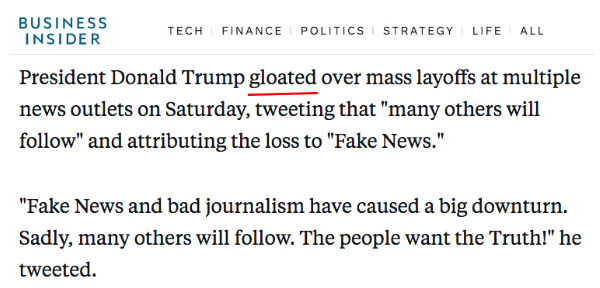
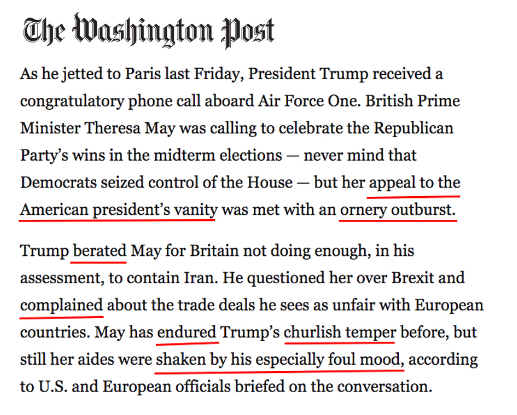








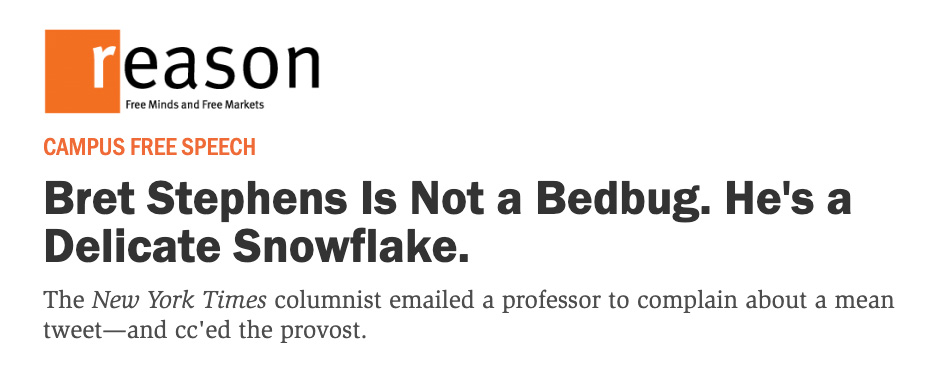


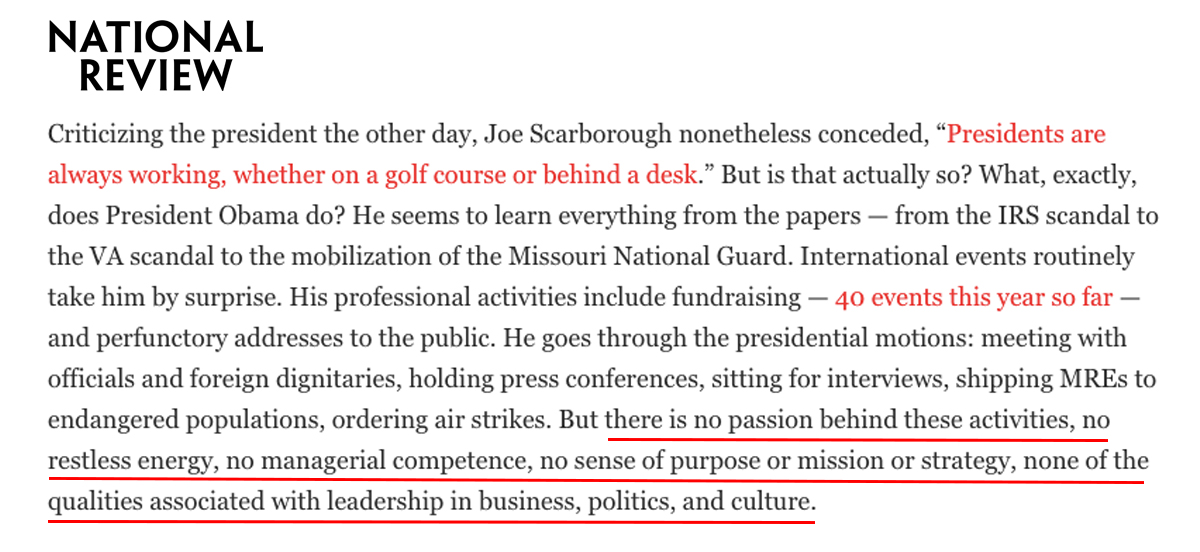

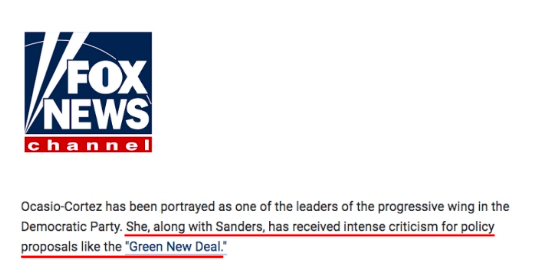
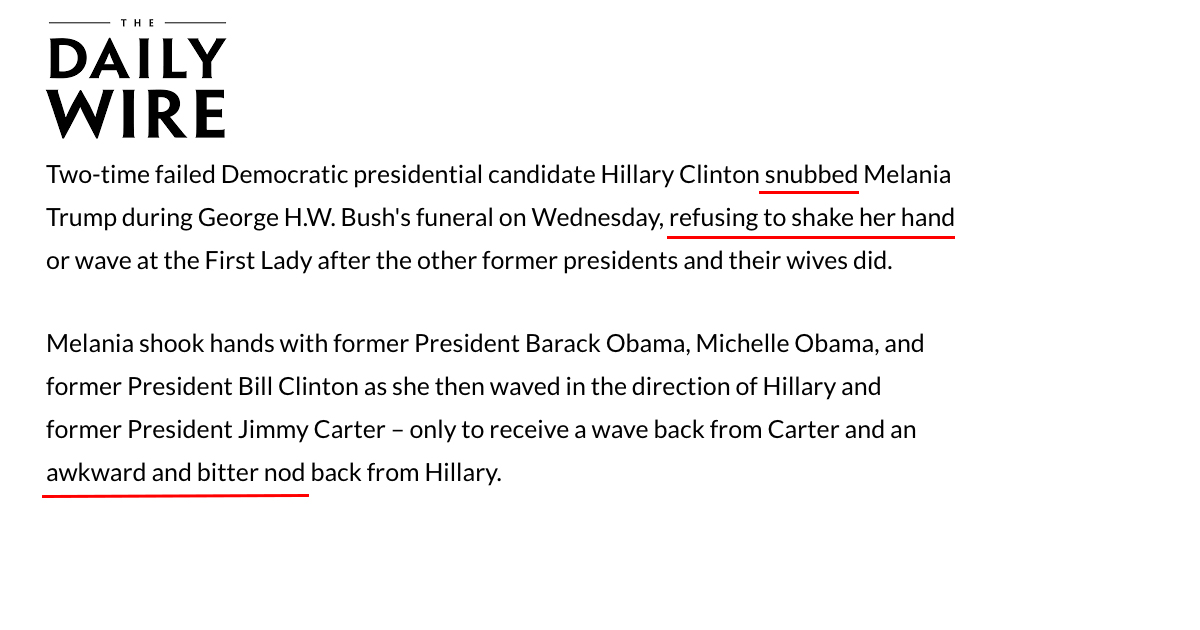
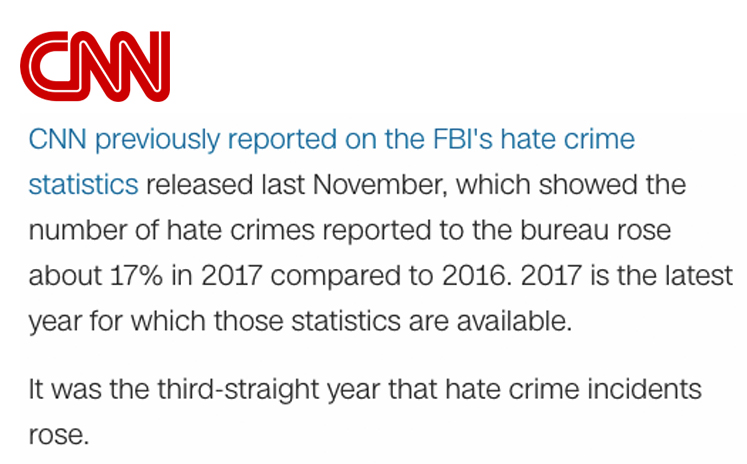

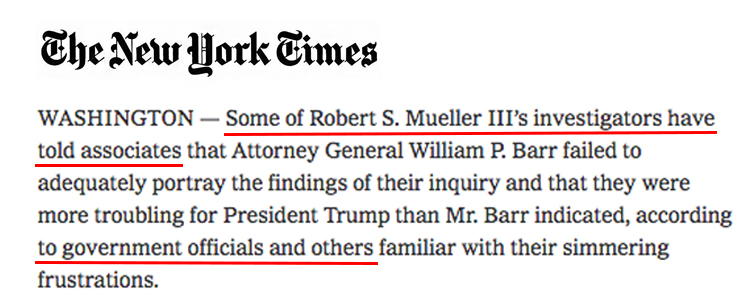
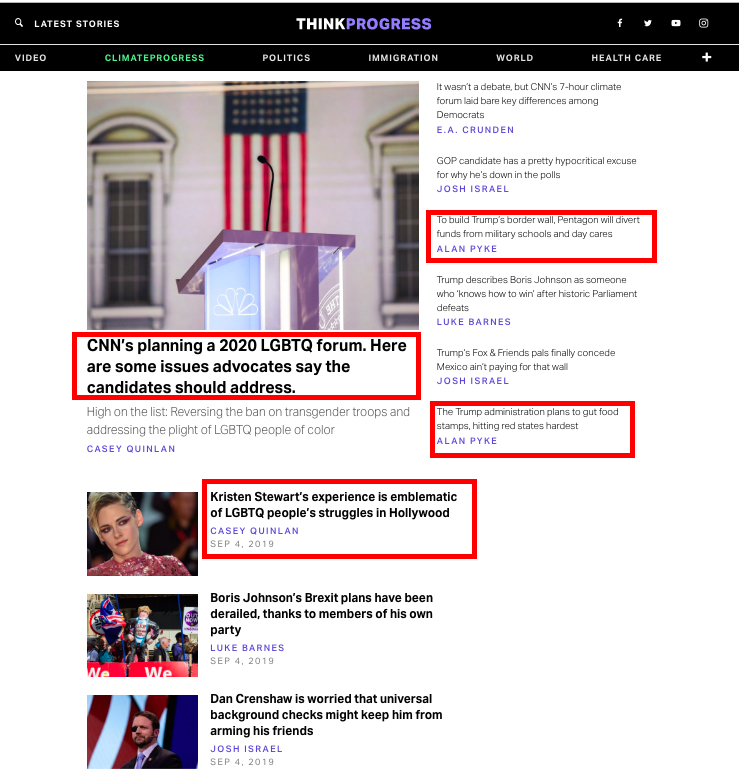

A great article that would benefit each and every one of us in our search for the truth!
ReplyDelete